Pat Grainger 1930 – 2023
Pat Grainger neé Herman was born in Spokane, WA in north-west USA in 1930. After attaining a BA in fine art and music theory from Whitman College in Walla Walla, WA she moved to Los Angeles, CA to study and practice commercial art. In LA, Pat worked with Art Director Les Mason and they married in 1956.
In the early sixties they were attracted by an Australian advertisement for designers so Les took a job in Melbourne and the family, now including young daughters Mary and Lou, arrived in Australia in March 1961. They were required to, and only planned to, stay for two years but towards the end of that time Les established a design studio and they put down more permanent roots in Melbourne.
The photograph of Pat (above) comes from her biography at Re:collection: Australian Graphic Design c.1960>c.1990.
In 1972 Les left the family and Pat left the studio soon afterwards but continued to work in the design industry. Around this time Pat met Brian Grainger and they married in 1977 in order to establish the design studio Optimus in Cambridge, England. Pat returned to Melbourne five years later and continued to work as a designer primarily at Brian’s Optimum Oz studio and then as a freelancer when that studio closed.
On her return from England, Pat was attracted to Port Melbourne. She purchased 70 Station Street and moved in during 1983 after the house had been renovated. Port Melbourne was on the cusp of monumental change.
Pat’s deep involvement in Port began with a knock on the door in 1987. It was Lil Bouquet. ‘They’re going to close our railway line, can you help?’. Pat was working to a deadline and said she’d join them ‘tomorrow’. She did. She joined activists Lil and her husband Harry and John Kirby on the picket line.
From then on, Pat dived into the community and campaigning life of Port Melbourne. The Sandridge City Development Corporation had put forward a plan for a canal based development. The plan turned its back on Port, and the community was up in arms. Pat’s rite of passage was attending every single day (bar one) of the Bayside Environment Effects Hearings.
Euan Ogilvy from the Committee for Urban Action became involved in the campaign against the Bayside Development. Pat began offering her exceptional graphic design skills to the first of many community campaigns. Her Vintage Port: Worth Preserving posters, banners, t-shirts and stickers became the readily identifiable red white and blue face of the campaign.
In more recent times Pat joined Perce White, Paddy Garrity, Noel Turnbull, Kevin Bracken and others on the Whittaker Memorial Committee working to have Gallipoli veteran and wharfie, Allan Whitakker, recognised at Princes Pier. The gatehouse on the pier is now named in his honour. She was also intensely involved in the campaigns to save the Mission to Seamen and Centenary Bridge from demolition.
Recognising that a way of life in Port would be overwhelmed by development, the Port Melbourne Council commissioned City Librarian Wendy Morris to record oral histories of long-standing Port residents as part of 1991’s Vintage Port: Worth Preserving project. The result was the book “They Can Carry Me Out”, designed and edited by Pat.
She was a key member of the group of residents and former residents that formed the Port Melbourne Historical and Preservation Society (PMH&PS) in August, 1993. The inaugural committee included Perce White, President; Wendy Morris, Secretary and Pat Grainger, Treasurer.
She generously lent her design skills to any community groups with an aligned purpose, and there were many in Port at that time. She participated in the local employment trading scheme (LETS) where people could trade services without exchanging cash. Pat designed an elegant cheque book and her LETS account was always in credit from the design work she’d done for others.
In the lead-up to the forced amalgamation of the Cities of Port Melbourne, South Melbourne and St Kilda by the Kennett Victorian State Government, Pat designed No Amalgamation stickers and posters around Joan Curtis’ slogan “Our City, Our Life, Our Choice”. And when the inevitable happened, she worked with Council and others to ensure the City of Port Melbourne went out in style with a ‘wake’ at the Town Hall. While she should have been front and centre in the last photograph of Port Melbourne taken that day Pat appears off to the side, near the back where she had joined the gathering, just in time, having been attending to some detail or other inside the Town Hall.
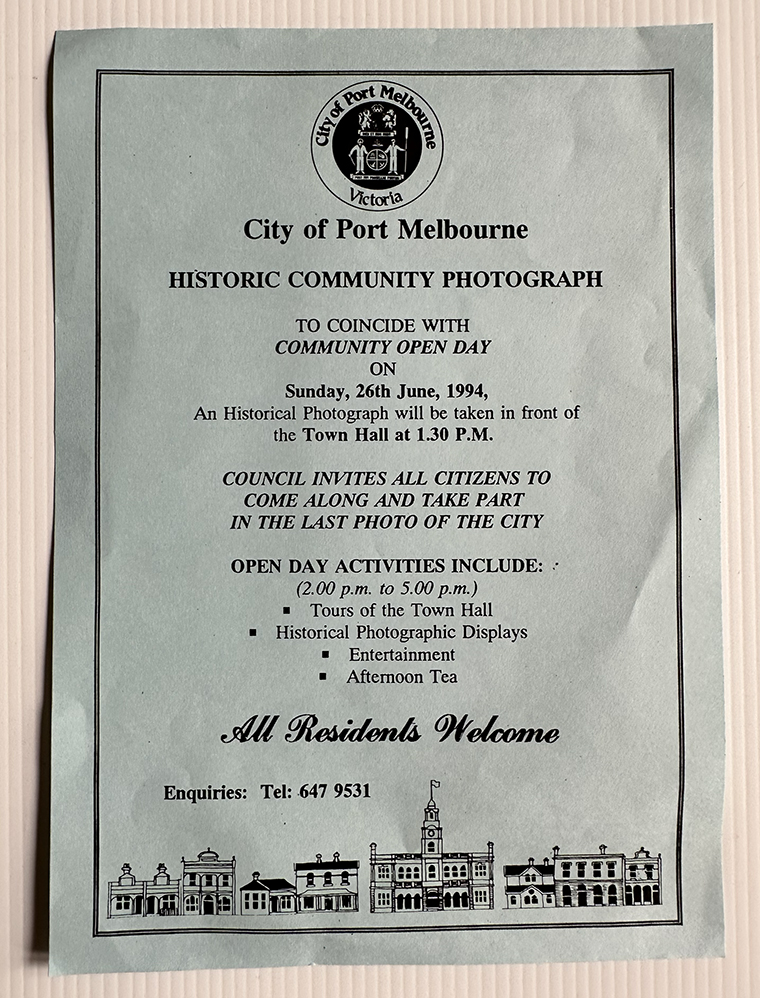
In recognition of her contribution, Pat was named Citizen of the Year in 1994, the first of many awards of recognition she was to receive but the last Port Melbourne Citizen of the Year.
Pat Grainger and PMH&PS became virtually synonymous. She designed the Society’s logo and so many of the flyers, forms and documents we still use today.
After five years as Treasurer, Pat took over the role of Secretary which she held until 2016. She was the ‘go to’ person for any inquiry about Port’s history and took great pleasure in designing the Society’s annual calendar from 1997 to 2021 and continued to play an important role in the creation of the 2022 calendar offering advice to the team putting it together and even designing the page for January. The Historic Port Melbourne Calendar was highly anticipated each year, and valued long after the calendar year had ended.
She produced the Society’s bi-monthly newsletter cramming an inordinate amount of news into four pages with great style. Pat also had a hand in the design of many of the Port Melbourne Community Festival posters. She brought her design flair to the covers of the Society’s annual reports while the carefully recorded details of each year now form a valuable record of the Society’s activities.
Pat took the lead in the design and creation of numerous exhibitions for the Society, always ensuring that the display panels were just right. She was a perfectionist. Her high standards lifted everyone’s game. Naturally, any accompanying catalogues and flyers were created by her experienced hands.
A small sampling includes Sportstuff, the Great Cover-Up (Aprons), the Navy in Port, Women of Port, the 170th anniversary of the Liardet’s landing when Wilbraham and Caorline Liardet returned to the streets of Port Melbourne, and Passages, with Jill Dawson, looking at Port Melbourne in the 1970s when there were significant changes to the make-up of Council and the Greek community became even more a part of life in Port.
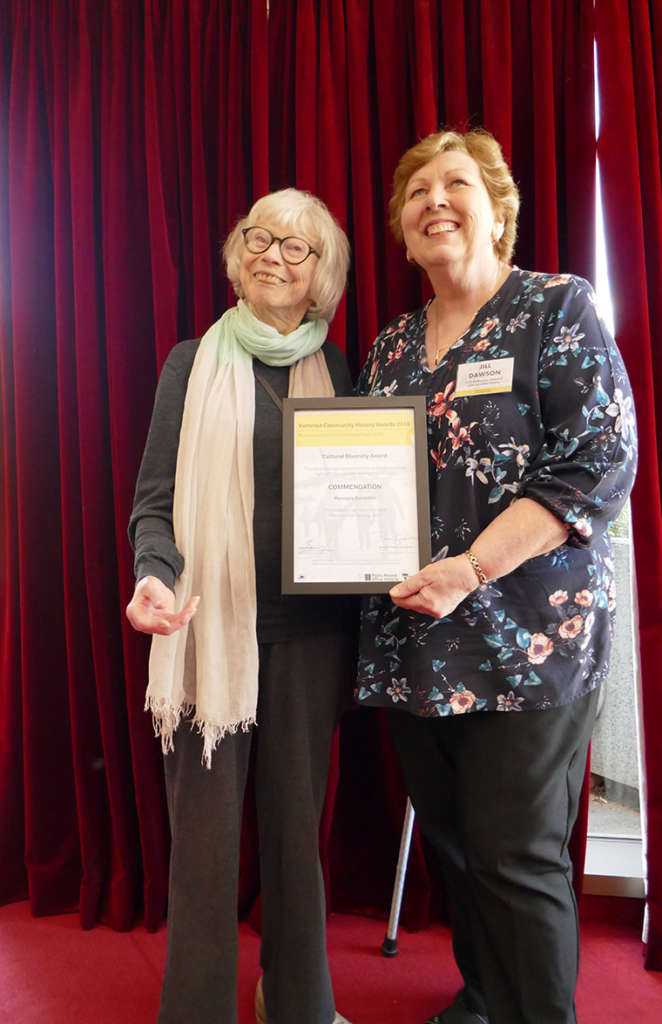
Her books included Chartered Scoundrels – A brief history of Port Melbourne Hotels, Railway Rockeries, The Story of Excelsior Hall and, with daughter Mary, Linking Us Together – A transport history of the Port Phillip community for SouthPort Daylinks. Pat also brought her graphic design skills to the creation of a myriad of other publications produced by PMH&PS and written by other authors.
Many of these exhibitions and publications won their categories or received commendations at the annual Victorian Community History Awards.
Pat received a Medal of the Order of Australia (OAM) in the 2016 Queen’s Birthday Honours List and an Award of Merit from the Royal Historical Society of Victoria in 2017.
She continued to live at 70 Station Street, always working on one or two or more projects and striving to meet yet another, often self-imposed, deadline until her failing health led to her move to CaSPA Emerald Hill Residence just before Christmas 2022.
Pat was admitted to the Alfred Hospital at midday on Sunday 19 March and passed away there just three hours later.
Although we came to know Pat as a local historian, at heart she was a staunch activist for the environment and social justice. For many years, a yellow ribbon flew from the aerial of her blue car as she drove around Port – the symbol of Save Albert Park. Until very recently, she was still signing petitions and writing to politicians urging them to stop supporting new coal mines.
Pat loved Port. She was known to say she had so many memories of Port Melbourne but they weren’t her memories they were other people’s stories that she had inherited.
Pat was a stalwart of the Port Melbourne community and the Port Melbourne Historical and Preservation Society. Her skills, energy and creative mind will be sorely missed.
Vale Pat Grainger 1930 – 2023

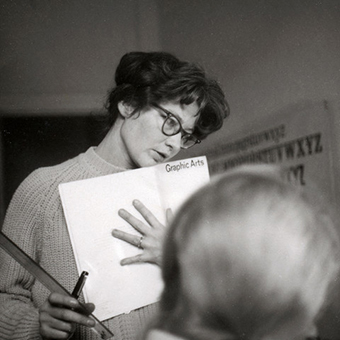
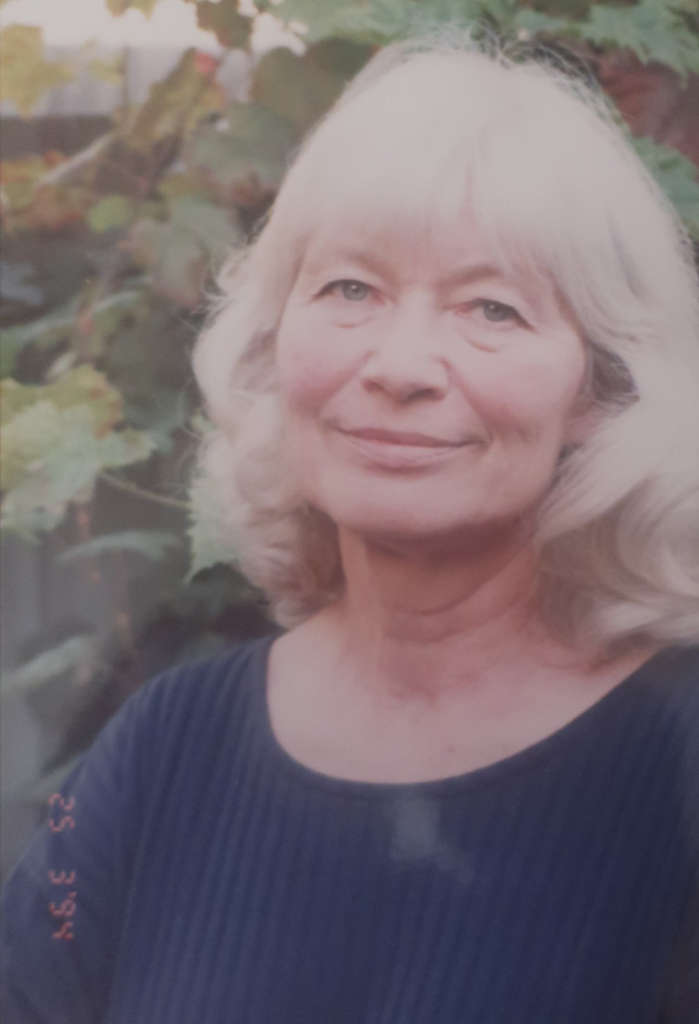
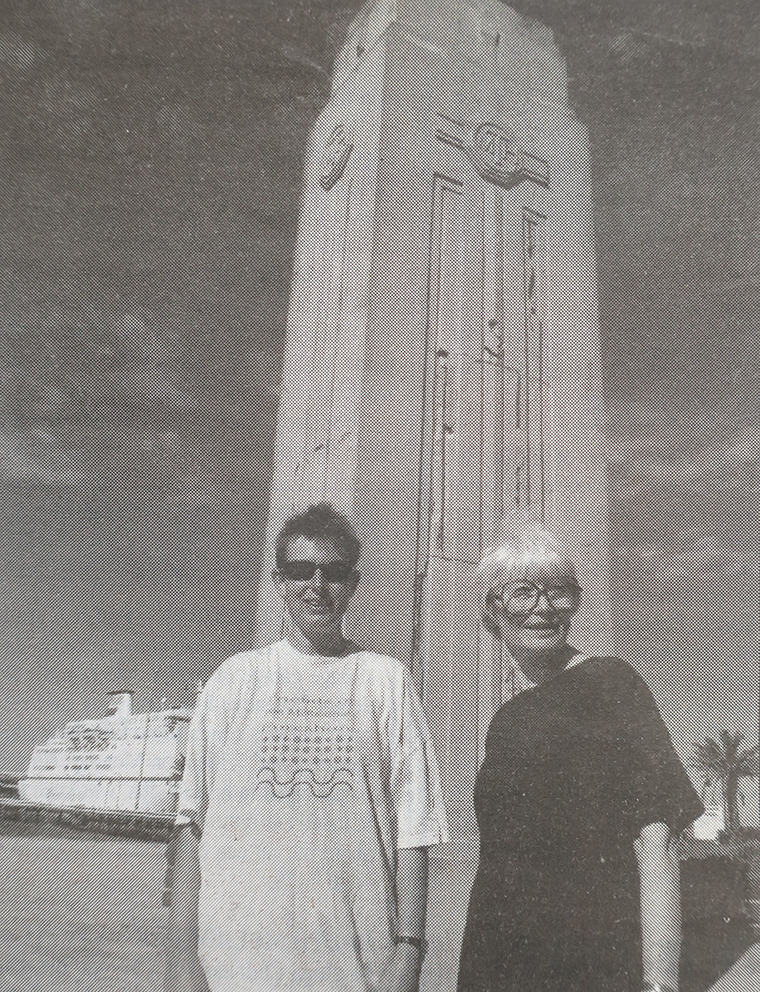
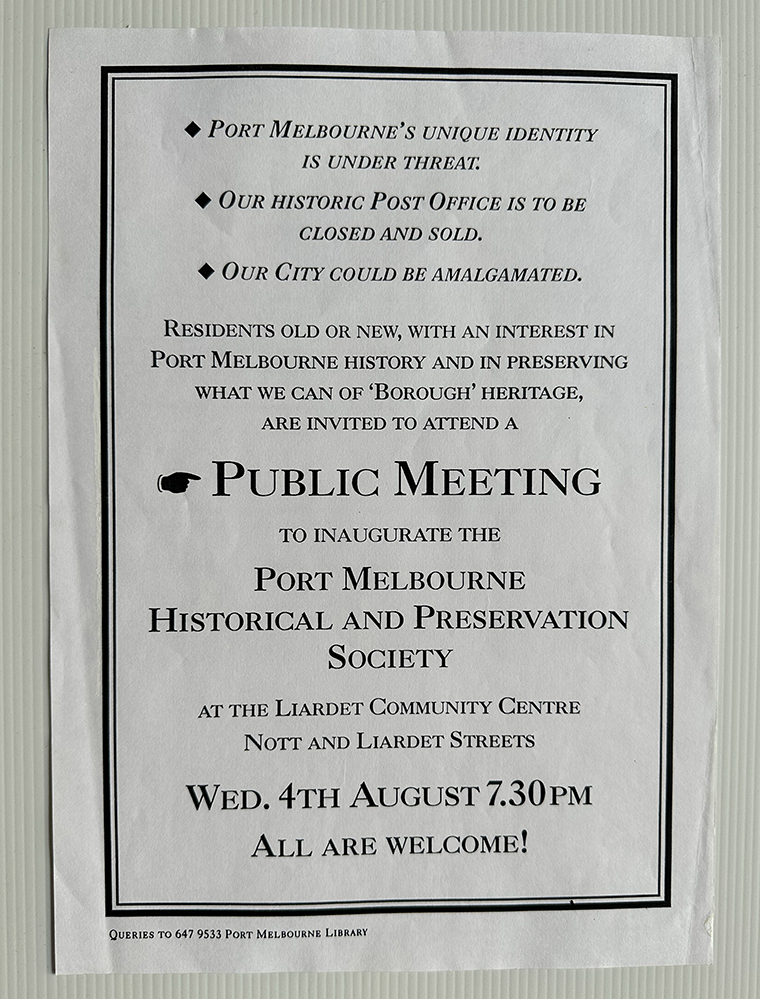

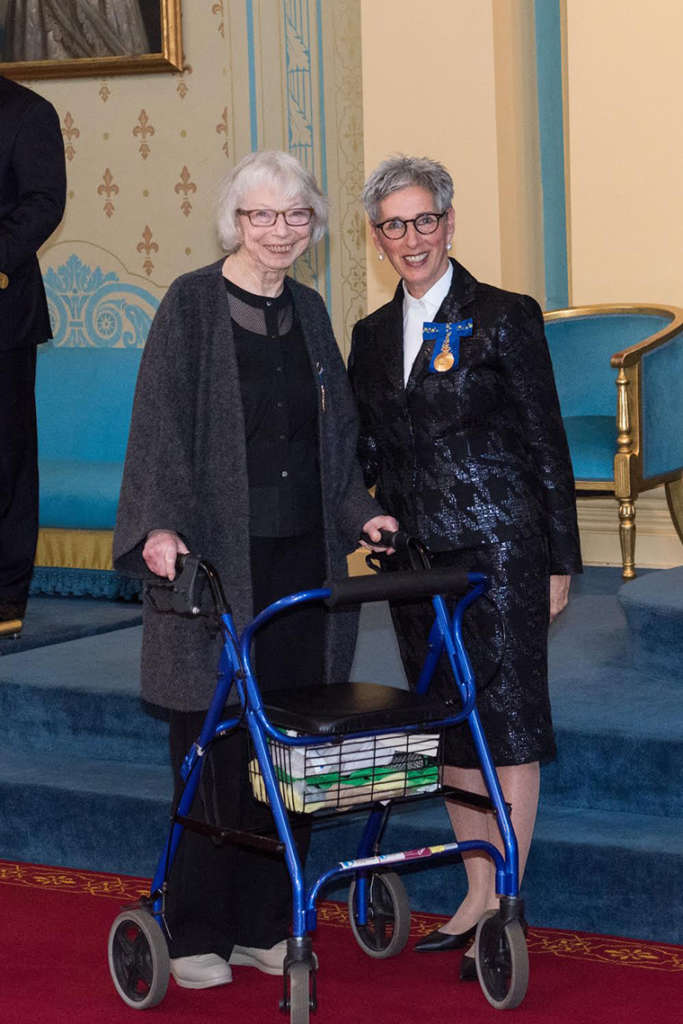
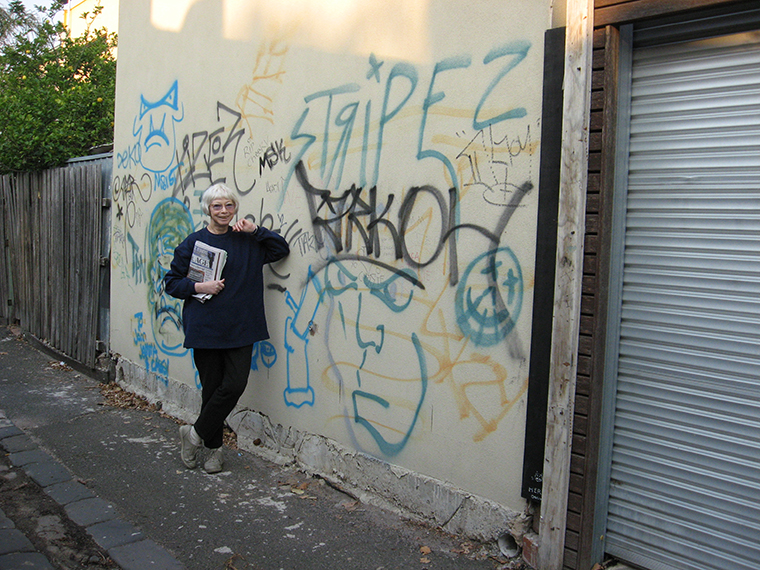
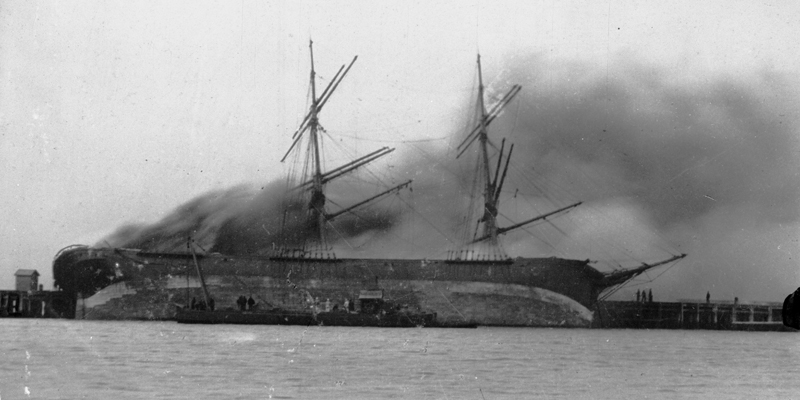
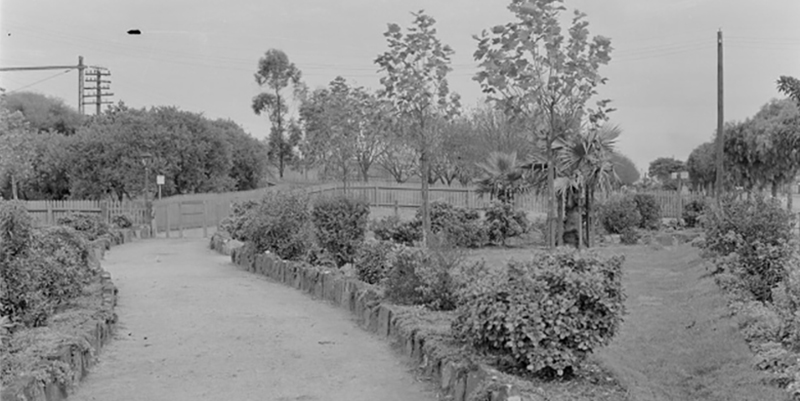
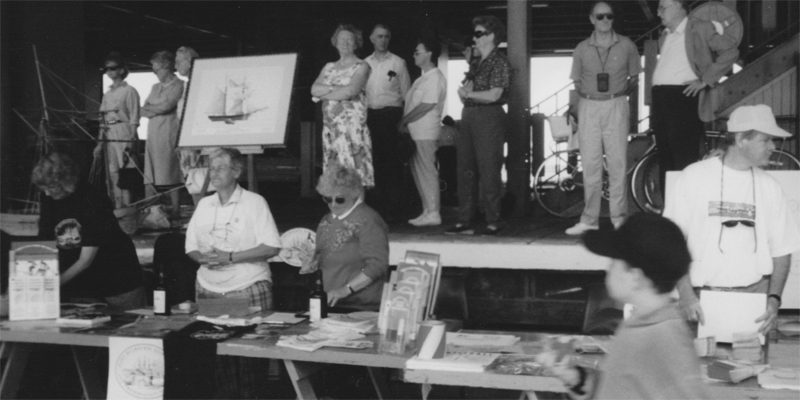
3 Comments
Judi Solomon
A wonderful piece on Pat, I learnt so much. Pat was a modest person so I’m grateful to hear the full story, thank you.
I will always hold dear the warm welcome Pat would give and her infectious smile, along with that beautiful distinctive American accent. A life well lived.
Vale dear Pat.
Gillian Upton
Oh Pat, I hear your soft drawl and see your slowly spreading smile. You were always interested and interesting. Thank you for your work, talents and energy.
Gill
Annie Bolitho
A wonderful account, and telling photos. What an asset to Port Pat was and what a big life she had!